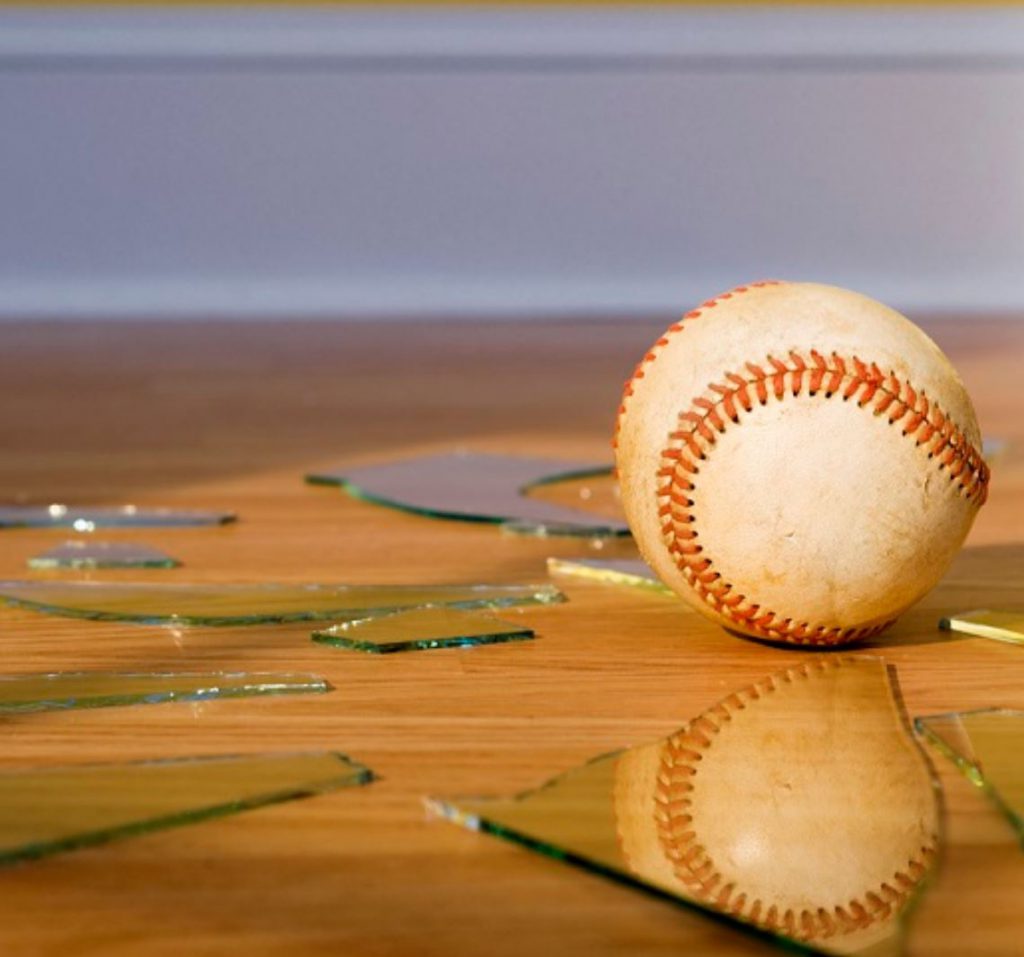No one in the world has ever seen what we have measured,” says Rajaprakash Ramachandramoorthy. “We’ve tracked the breaking properties of glass further than any previous research team.” Raj – his nickname among colleagues – works in the Empa lab “Mechanics of Materials and Nanostructures” led by Johann Michler. The team explores material properties on a very small scale: Machines they have developed themselves use tiny stamps to press columns just a few micrometres thin, so-called micropillars. In the electron microscope, and with the help of the most precise force measurements, they can observe how the micropillar breaks or deforms. These results allow the researchers to draw conclusions about the internal structure of materials.
Ramachandramoorthy and his colleague Jakob Schwiedrzik have now used this method to examine fused silica glass – and discovered properties that have little to do with the macroscopic world of glass: Glass is as tough as modelling clay when pressed very slowly, it can tear and burst when pressed a little faster – and at very short, fast pressure impulses it behaves again tough and yielding. “Our slowest compression test took about 20 minutes,” says the Empa researcher. “Our most rapid impulse on the micropillar, on the other hand, took only 100 microseconds. It is comparable to the blow of a hammer.”
See the full English version here: https://www.empa.ch/web/s604/unbreakable-eq66
See the full French version here: https://www.empa.ch/web/s604/unbreakable-eq66



